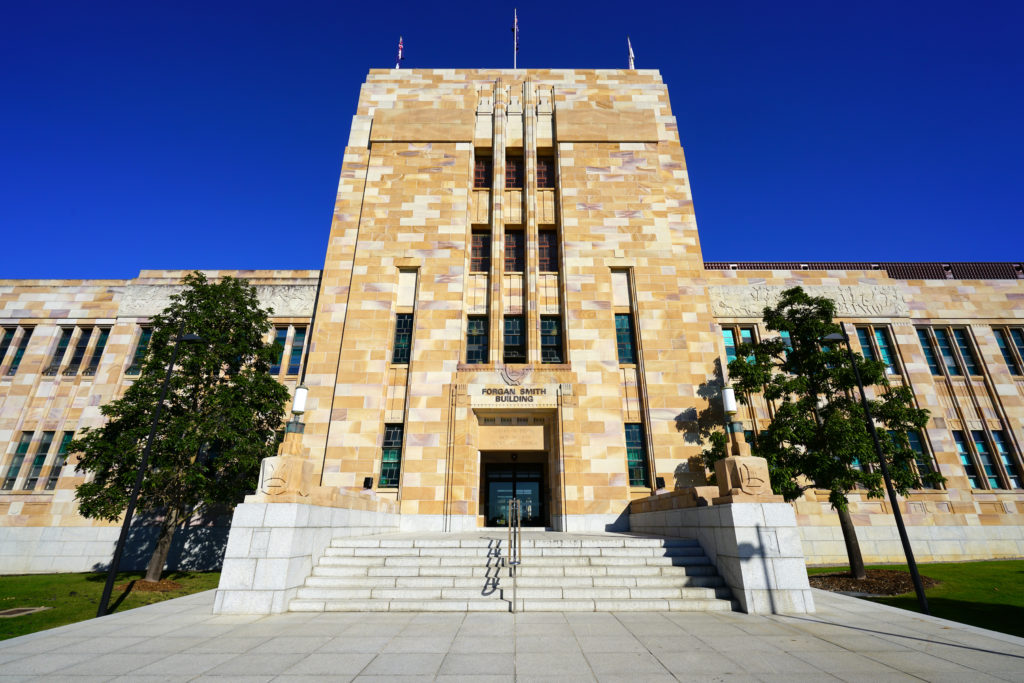The world’s most prestigious academics and researchers don’t all hail from the same university town in which they reside.
Tier 1 universities – the Ivy League and Australia Top 8 equivalents – have always recruited globally to bring the brightest minds into their faculties and departments.
We’re talking highly decorated professors and researchers from all corners of the world. Big names that serve as the cornerstone to a university’s marketing strategy and establishing (and upholding) notoriety within the academic community.
Put simply, the world’s best universities are expected to have an impressive research department, making relocation a standard in the higher tertiary sector to bring in the best people for the job.
During the COVID pandemic, university mobility became a very controlled space. It was a testing time globally. But as we enter the other side, the pace has picked up, with universities now accelerating their recruiting drive to secure overseas talent.
However, with borders open again, this has become a highly competitive space, making mobility one of the key deciding factors in closing the deal. From the budget allocated, inclusions for family members, accommodation, and all the moving parts involved with relocating the academic, their loved ones / and or team.
The decentralised approach
What we’ve found is typically Australian universities have a very decentralised approach to this. No university is the same and it can become quite complex as autonomy and budget decisions generally lie within the individual faculty operating as its own business unit.
One of our university contacts shared some insight into the decentralised nature of mobility and said the range of financial investment from the various faculties made it difficult to establish a university broad standard. This means mobility typically needs to be approached on a case-by-case basis to balance the budgets set as well as the relocation requirements of an individual.
“This range of financial constraints are combined with varied approach of the independent business leaders, Faculty Managers or Deans who bring their own priority and approach to this function,” our university source said.
“The range of investment available is considerable. The faculties with stronger earnings will be inclined to invest to ensure they attract the right senior academics or researchers, where the faculties with a softer earning profile will operate at a much lower level.”
Closing the deal
Since budgets and deliverables vary from faculty to faculty – the mobility experience needs to be optimised for each staff appointment. Closing the deal will depend on it.
Known researchers or senior academic are approached on a regular basis as this is very much a global stage and these roles are very mobile.
In turn, the opportunity needs to be competitive and alluring which presents another layer of challenges post-COVID, when academics are not only choosing what institution to go to, but what country they’d consider living in too.
“One of the more immediate challenges post-pandemic in terms of attraction is the reputation Australia has in terms of the ‘lock down’ globally,” our university source said.
“Australia historically did some of the closing as a destination of choice. Post pandemic, this reputation in collaboration with the stress on the immigration process are causing delays and some apprehension in finalising the commitment to ‘come to Australia’.”
What we’ve found is this is a common challenge across all industries and certainly not restricted to universities. Our consulting team are hearing this challenge come up with airline and resources clients in recent discussions.
It is evident the critical role mobility plays here as a potential value-add to entice and close offers.
De-risking the mobility process
In addition, it’s also important that once talent is secured, the mobility process is de-risked and managed appropriately.
We understand with cost of living and inflation on the rise, it can be tempting to cut corners, but this can be risky from a compliance perspective, and damaging to that employee’s overall relocation experience.
Some universities deal with a financial allowance, which they might build up with some good intelligence to ensure it’s an adequate number to cover all key elements.
But if a financial allowance under forecasts costs, or an employee is handed a lump sum figure and chooses to do this ‘on the cheap’, this creates added pressure, and increases the risk that elements of the mobilisation will experience hidden costs and poor service, ultimate placing the relocation at some level of risk.
By having a mobility expert on your side, we help you establish an appropriate budget from the get-go and all the inclusions to provide greater transparency for all stakeholders involved.
The establishment of a simple cost calculator to streamline the process and help manage expectations of the faculty and employee from the beginning, outlining all of the inclusions and any potential out of pocket expenses has been very warmly received by the marketplace.
We always advise to begin your planning as soon as a vacancy opens to account for regulatory requirements such as Labour Market Testing (advertising the role locally for 28-days) and VISA approvals which can take 3-4 months of processing.
It’s also important to remember, while academics are seasoned professionals who have likely had some experience relocating, there are a considerable number of things to consider, which have potential time and cost consequences.
Have an industry expert with the resource depth available to deal with the day-to-day challenges provides not only a smoother experience but mitigates potential risk and additional cost. It will also reduce the stress on any partners or family, and lead to a more positive experience of arriving in Australia.
Here are some other areas you’ll need to consider:
- Employee tax compliance – if they work in a country and have a tax responsibility in that country, there are rules and regulations to follow.
- The type of VISA required – Will the visa offered allow for transition to permanent residency or mean they are limited.
- Lead times with freight – the historical experience won’t line up to today’s climate. Things are going to take longer, there needs to be contingencies and expectations up front.
The bottom line: retaining the talent
If you’d made it to this point, you’ll probably agree with us: there is a lot to consider with overseas mobility. It’s a costly – but necessary – exercise, so after all the time, money and effort poured into this, retaining that senior academic/researcher for the full term of their contract is a key objective. To do this, the mobility experience has to be exceptional.
The academics and researchers being moved are very intelligent, detail oriented, and will want to be involved at all stages of the process. The support on offer needs to be in their interest and having a point of contact to help through this process is essential.
If you’re a university that requires some assistance with mobility, we’d love to hear from you. For further details on our university mobility services, please get in touch with our team today.





